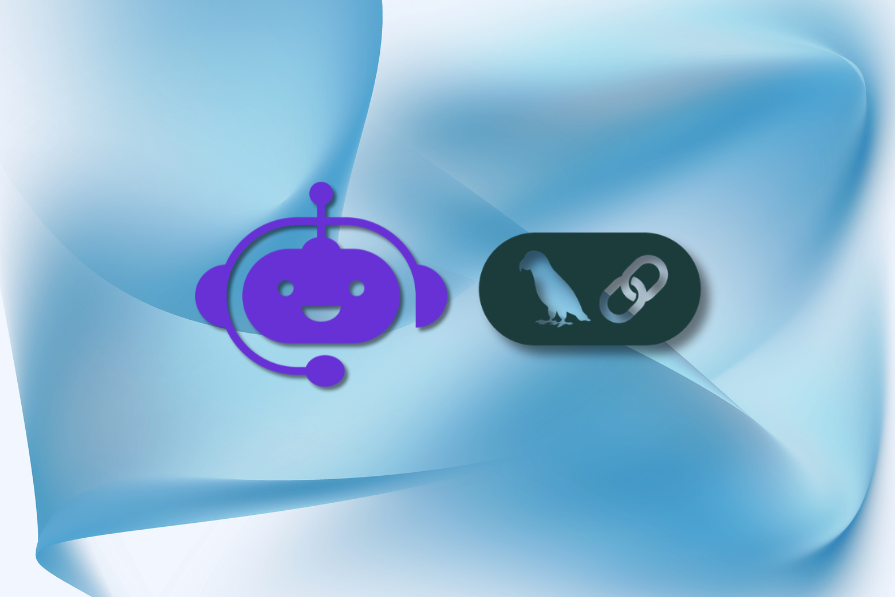
"Most chatbots fail for one simple reason: they ignore what's actually happening with the user. Imagine asking for help while browsing your account page, but the bot replies with a generic FAQ. It's frustrating because it ignores details like where you are in the app, what plan you're on, or what you just did. That's where context comes in. When a chatbot understands those details, it stops feeling like an obstacle and starts acting like a real assistant."
"RAG takes a different approach by splitting the problem into two steps: Retrieval: grab the most relevant info from your own knowledge base. Generation: let the LLM use that info to craft a tailored response. It's like working with a sharp research assistant: they don't memorize every detail of your product, but they know exactly where to look when you ask a question and then explain it cle"
Context-aware chatbots provide relevant, timely assistance by combining app state with knowledge sources. Rule-based bots are rigid and pure LLM approaches lack product-specific details. Retrieval-augmented generation (RAG) separates retrieval and generation so the system fetches relevant knowledge and then synthesizes tailored responses. Integrating real-time user context—such as account page location, subscription plan, and recent actions—enables more accurate, helpful replies. LangChain.js can be used to implement RAG, blending a knowledge base with live application signals. The result is a chatbot that adapts to user situations rather than forcing users to adapt to the bot.
Read at LogRocket Blog
Unable to calculate read time
Collection
[
|
...
]